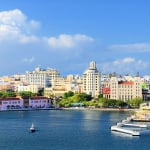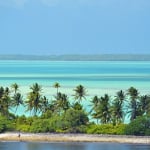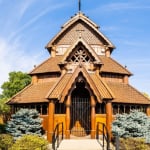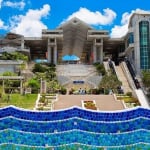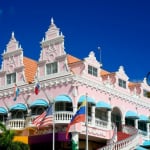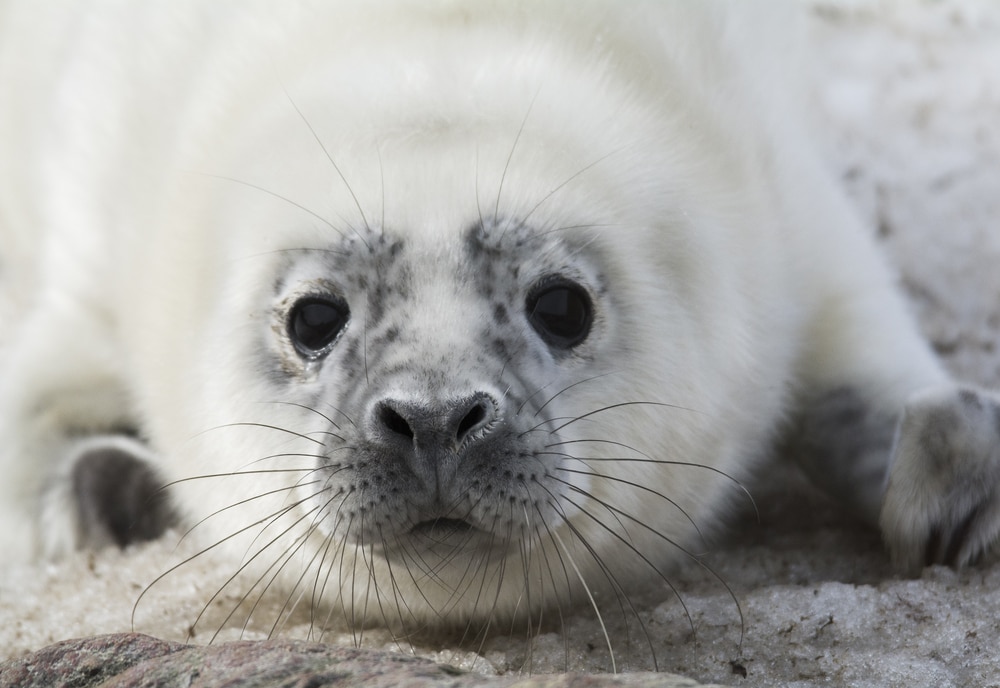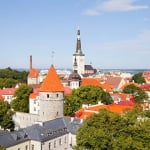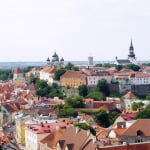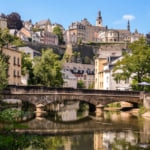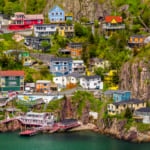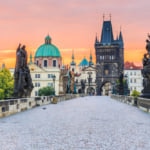Photo by Rein Kuresoo/Shutterstock
The 7 Best Nature Tourism Destinations in Estonia
When the overwhelming stress of city life takes over, people are often drawn to the calm and quiet of the wilderness. But ecotourism is about so much more than getting back to nature. These top nature destinations in Estonia are focused on sustainable and responsible tourism, to preserve them for future generations.
table of contents
[x] close
The 7 Best Nature Tourism Destinations in Estonia
Sooma National Park

Photo by Aivar Ruukel/Flickr
Soomaa National Park is rich in wildlife and home to over 185 different bird species. The park also plays a vital role in shaping the surrounding ecosystem - each spring, the massive flooding turns the area into a wetland. Visitors can explore the flooded meadows and woodlands on kayaks, which have minimal impact on the environment. Soomaa National Park was named a European Destination of Excellence (EDEN) in 2009, a title awarded to areas for sustainable tourism efforts.
Haapsalu
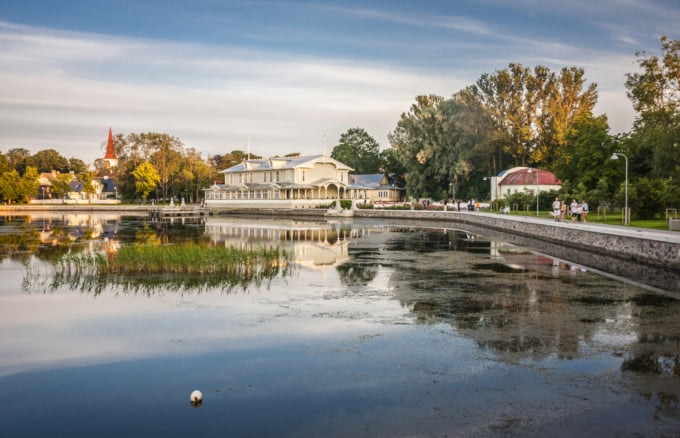
Photo by Anila/Shutterstock
The seaside town of Haapsalu, nicknamed the 'Venice of the North', was once the summer retreat for Russian aristocracy. Today, while the area is still famous for its mud spas and resorts, Haapsalu is also recognized for its sustainable tourism efforts and was awarded with its EDEN certification in 2013. The seaside promenade is particularly famous for bird-watching.
Muhu Island

Photo by Eriks Z/Shutterstock
The ancient inhabitants of Estonia's Muhu Island lived in harmony with the sea. Today, both the natural landscape and the traditional culture have changed very little. Visitors to Muhu Island are invited to explore the coastline, including scenic cliffs, uninhabited islets and sparse grasslands. Several farms on the island are open to tourists, so visitors can learn about local agriculture.
Lake Vortsjarv
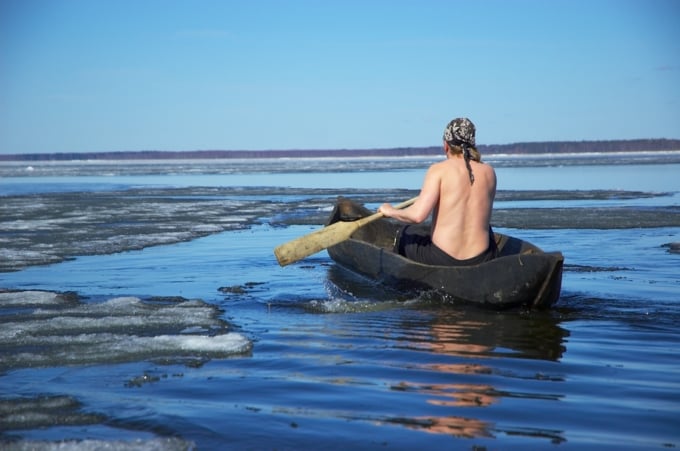
Photo by Aivar Ruukel/Flickr
Lake Vortsjarv is an important wildlife habitat and part of the Natura 2000 network, a vast collection of European conservation areas with the goal of protecting the biodiversity of the continent. Swimming and cycling are ideal during summer, while hiking the trails or sailing on the lake are popular activities for the fall.
Kihnu Island

Photo by F-Focus by Mati Kose/Shutterstock
The distinct culture and traditions of Kihnu were declared a UNESCO Intangible Cultural Heritage in 2003. This small island on the Baltic Sea is home to less than 1000 residents and just four villages, with shared traditions, a unique way of life and dialect distinct from mainland Estonia. Kihnu's coastline, along with others around Parnu Bay, is part of Estonia's Romantic Coastline, nominated for an EDEN in 2015. It's also an important habitat for the Estonian Ringed Seal.
Lake Peipsi Region
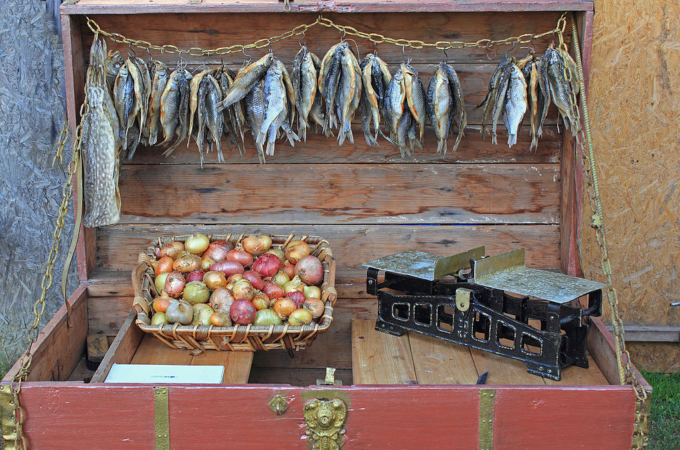
Photo by KalervoK/WikiCommons
Lake Peipus, also known as Peipsiveere in Estonia or 'Chudskoe' on the Russian side, is Estonia's largest lake. The area is a popular winter destination for ice fishing and wildlife sightings. During the warmer months, the Peipsiveere Onion Route will reward visitors with cultural and agricultural insight into the history of the region. The 'Old Believers' who live there are a hardworking, devout people whose ancestors fled Russia to escape persecution, and many are still farming onions as their families did generations ago.
Harilaid Peninsula
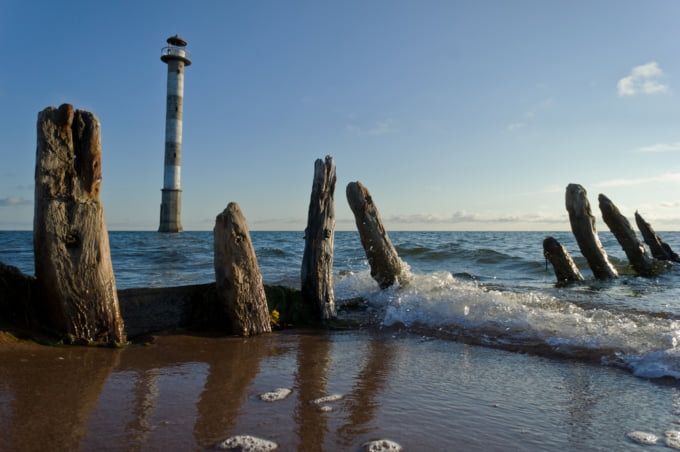
Photo by Artenex/Shutterstock
Estonia's Harilaid Peninsula is located on the northwest coast of Saaremaa, a large island in the Baltic Sea. This remote area is a well-kept secret among locals, who enjoy hiking along the pristine beaches. There is no record of human settlement on the peninsula, but it is a popular spot for observing migrating seals and birds. The Harilaid Peninsula is part of the Vilsandi National Park and is accessible by road from Kihelkonna, where visitors can join a seal-watching expedition before making the trip out to the peninsula.
In conclusion...
Ecotourism, also known as green tourism, is one of the fastest-growing sectors of the travel industry. With its pristine lakes, diverse wildlife and unique habitats, Estonia is poised to become one of the top nature destinations in all of Europe.
